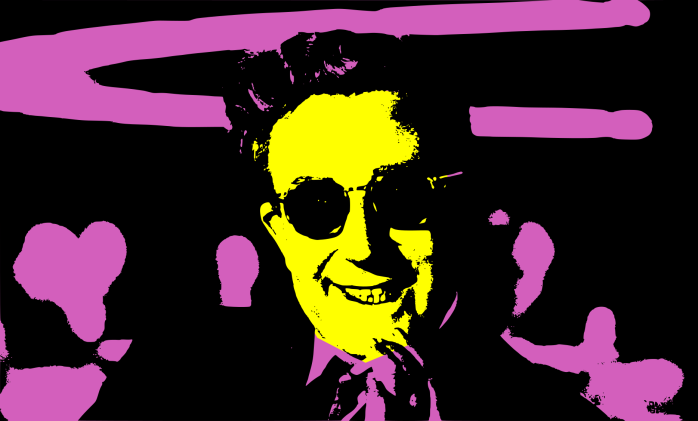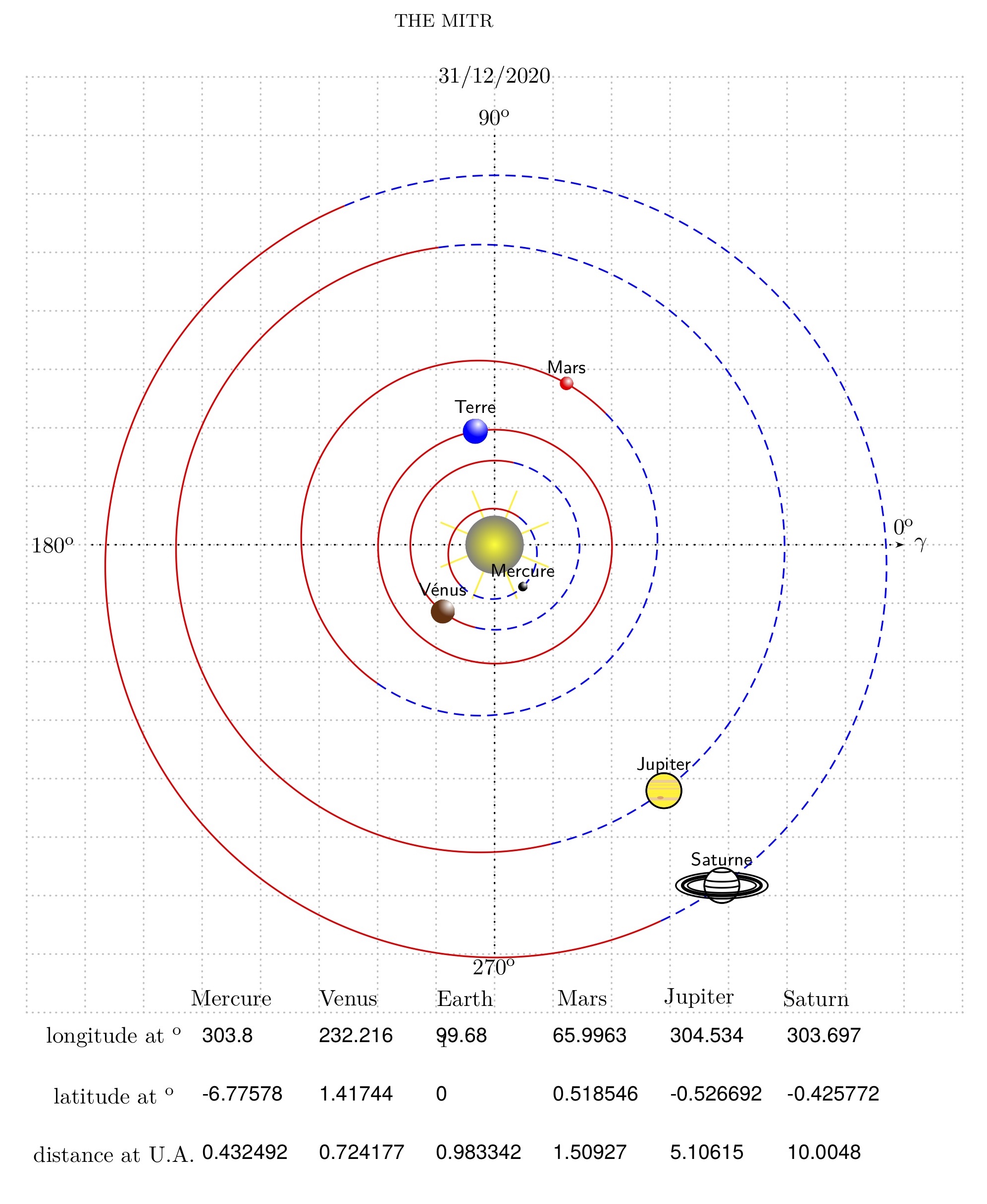Obedience can be understood as “a compliance with an order, request, or law or submission to another’s authority”, while one of the meanings of conformity is “behaviour in accordance with socially accepted convention“. Obedience to authority forms one of the basis of civilisation. Unless the citizens abide by some rules there will be a complete chaos. In early days, this was done by rulers in form of rules and edicts. Now we have the constitution.
Obedience is essential and must be achieved by cunning…
We usually use obedience and conformity as interchangeable terms or having at least similar connotations. but they are not same. But both are forms of power and control over other humans. Here is how Orwell puts it forth in Nineteen Eighty Four.
“The real power, the power we have to fight for night and day, is not power over things, but over men.” [O’Brien] paused, and for a moment assumed again his air of a schoolmaster questioning a promising pupil:
“How does one man assert his power over another, Winston?”
Winston thought. “By making him suffer,” he said.
“Exactly. By making him suffer. Obedience is not enough. Unless he is suffering, how can you be sure that he is obeying your will and not his own? Power is in inflicting pain and humiliation. Power is in tearing human minds to pieces and putting them together again in new shapes of your own choosing.”
Stanley Milgram made a distinction between the two and identified four major differences that distinguish the two. This differences tell us about the nature of obedience and conformity. The core of the difference lies in the person who is commanding obedience and the person who is following that in case of conformity usually the person following others is at equal status to them. Where is in the case of obedience there is a hierarchy between the commander and the commanded. This is the first difference: the hierarchy. In a classroom the teacher commands the students to follow certain task or to do some task. This is an example of obedience. When students try to follow each other in terms of the things they do or they dress outside of school or the games that play or the clothes they wear is closer to conformity. The in the first case is the clear distinction and difference in hierarchy in the second case it is not so.
The second major difference is imitation while obedience involves compliance with orders, confirmatory involves imitation and adoption of similar behaviour. If neighbours are beating the plates to make corona go away, so shall I, otherwise we will be seen as socially non-fitting.
The third difference is that in case of obedience the commands are more explicit whereas for conformity is more of an implicit thing. An unspoken rule which everybody around you follows. Conformity is more about following others who are your peers than following explicit commands so in case of confirmative their might be some elbow room to express yourself slightly differently than others. But in case of obedience that is not possible obedience is to the full and no lateral thinking is allowed.
Final difference is the voluntary nature of conformity as opposite to attribution to authority figures. In case of obedience there is no choice but to follow the orders.
Milgram’s experiment on obedience shows how suggestible humans are in presence of authority.
Would you torture another human because someone in authority tells you to?
The experiment is setup as such. The subject let us call them X is called for doing an experiment in the lab. X is then introduced to the experiment. The experiment involves X teaching another participant Y word association using punishment for wrong answers. If Y does not give correct answer, X has to give Y a punishment in the form of an electric shock. X is given a mild shock to make them experience of the punishment, so that X knows what is the type of punishment and how Y would feel when punished. X has a dial which can control the amount of shock delivered to Y. Overseeing all this is a researcher Z in a white lab coat. A person wearing a white lab coat somehow represents authority figure for most. This is why you see doctors/scientists in advertisements wearing white lab coat: because it is a symbol of authority.
Now, Y is actually part of the experiment and accomplice of the researcher. X does not know this. The test starts, and Y deliberately chooses to give wrong answers. Now according to the “rules” of the experiment X has to give “punishment” to Y for incorrect answers. The dial for controlling the shock, the “shock generator”, is calibrated with incremental levels of shock, finally going to 450 Volts. (Of course this is make believe, there is no real shock given, but let us keep this secret with us and not tell X.)
With each wrong answer X is supposed to increment the level of shock punishment to Y from the shock generator. Now, X knows that increasing the shock will cause incremental pain to Y. When X hesitates to increase, Z intervenes and tells X authoritatively (remember Z is wearing a white lab coat) that this is the rule: “With each wrong answer punishment must be increased.” This is where the crux of the experiment comes in. It is found that majority of X, under the influence from authority figure Z, obediently inflicts serious punishment to Y. This even when Y cries in agony, asks experiment to stop, but more X continue to punish Y. 
This is highly counterintuitive result. How so you would ask? Consider the following gedankenexperiment. Suppose someone looking authoritative tells you to go and thrash someone. Would you do it? Most probably the answer would be no. Then why are the participants X so willing to inflict the incrementally harsh punishment? Because they start with something that is seemingly innocent – a mild shock. Once that threshold is crossed rest of the punishment becomes easy. And you adjudge yourself being not at fault as you are “just following the orders or rules”. This has large implications for how we as a society, every now and then, fall for authority figures and do things which we think we will not do. Perhaps in such cases, we think that since authority figure is telling us to do something, it must be for greater good and we let not our puny morals or conscience come in the way. Also, since we are obeying authority, it takes off our own personal responsibilities as such. This is a slippery slope and can lead to genocides and living hell for those Y who are at the suffering end. Just because Z is popular and in authority does not make following them blindly a right thing. But then the aspect of conformity sets in. If we don’t follow the current norms we are seen as outcasts in the society and that leads to further pressuring of conformity.
Moral is we should exercise our own set of morals and conscience as much as possible.
Sources
Great Ideas in Psychology by Fathali Moghaddam
Nineteen Eighty Four by George Orwell












